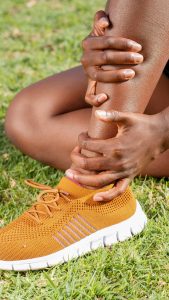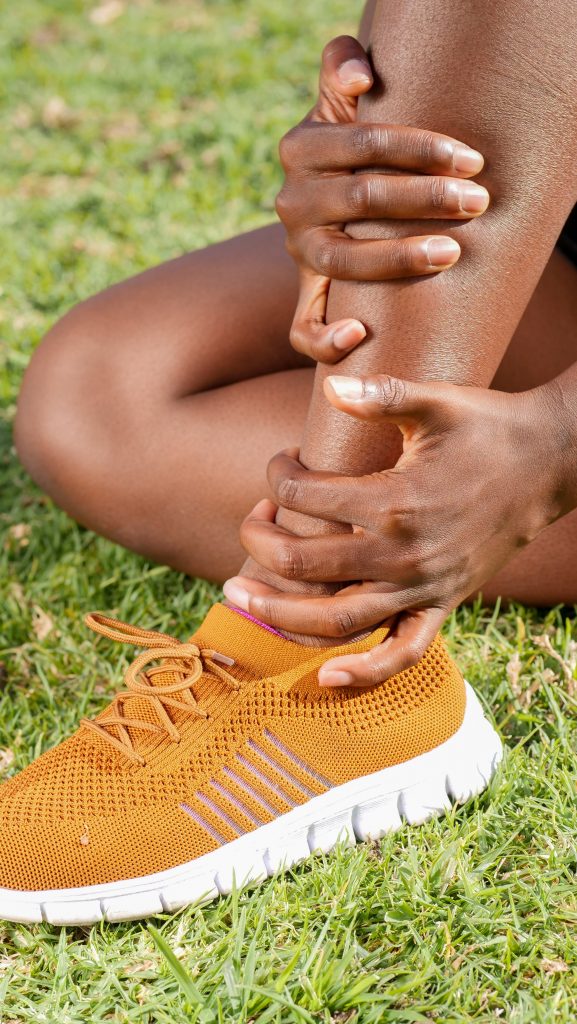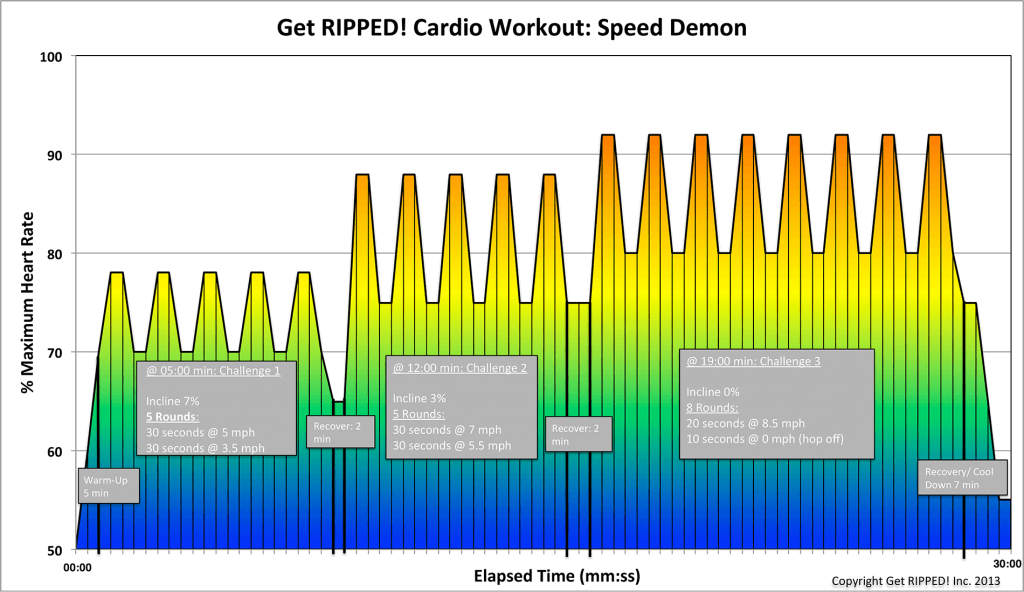Blog
How To Maintain Your Workouts With An Injury
 When your boo boo is more than just a sore muscle, you don’t have to give up workouts for months until you’re better. You can maintain your workouts with an injury, but you have to be smart about it. You have to make sure you give adequate rest to the area injured so it can heal, but not so much that you lose mobility and strength. Until you get to that point where it’s healed enough to start rehab workouts, baby the area and work the rest of your body. You won’t be working out at 100%, but you’ll still maintain most of your progress.
When your boo boo is more than just a sore muscle, you don’t have to give up workouts for months until you’re better. You can maintain your workouts with an injury, but you have to be smart about it. You have to make sure you give adequate rest to the area injured so it can heal, but not so much that you lose mobility and strength. Until you get to that point where it’s healed enough to start rehab workouts, baby the area and work the rest of your body. You won’t be working out at 100%, but you’ll still maintain most of your progress.
Where is your injury?
It makes a huge difference where your injury is located. If it’s on the arm, hand, foot or leg, it’s easier to modify a workout. Back injuries can be tricky and you need to speak with your health care professional to find which movements will help heal and which will exacerbate the problem. Stretching types of exercises and those for flexibility are often recommended. In most cases, a physical therapist will be assigned or the doctor will provide you with a set of exercises to help your back muscles get stronger or realign. No matter where you injury, always get the doctor’s okay before starting your workout program.
Injuries of the foot, ankle or other parts of the leg are relatively to create a work-around.
You may have to sit on the couch or in a chair all day, but it doesn’t mean you have to be sedentary. You can even go to the gym, just making sure you keep your weight off your foot. Chest presses, lateral pulldowns and seated cable rows are a few of the upper body exercises you can do. If you have access to a pool, it’s a good place to continue workouts for the upper body. You’ll be more buoyant and can use a flotation device to eliminate pressure on the injury.
Did you injure your arm or upper body?
That injury shouldn’t stop cardio workouts, including walking. There are all types of lower body strength training you can do and core strength training that won’t affect your injury. Walking can be one of the best ways to reduce stress and keep your cardio strength, but you can also do partial crunches, squats, deep knee bends and other lower body strength training workouts.
- No matter where your injury, the goal should always be to increase circulation. Increased circulation can help you heal faster, even if you’re working another part of the body and aid in maintaining your fitness gains.
- Sure you want to maintain gains, but you still need to pace yourself. Do try to overdo it to compensate for your injury, lest you find yourself with a new injury. Pace yourself. Don’t forget to warm-up the muscle groups.
- Isometric exercises can be done anywhere, even in bed. They’re the contracting of muscles, without putting weight on that injured area. They are easy to do and often can be done when other exercise are impossible.
- If you’re working with a physical therapist and your injury came from working out, find out why that injury occurred. Was it poor form or a weaker muscle group that requires strengthening.
For more information, contact us today at Get RIPPED! by Jari Love


